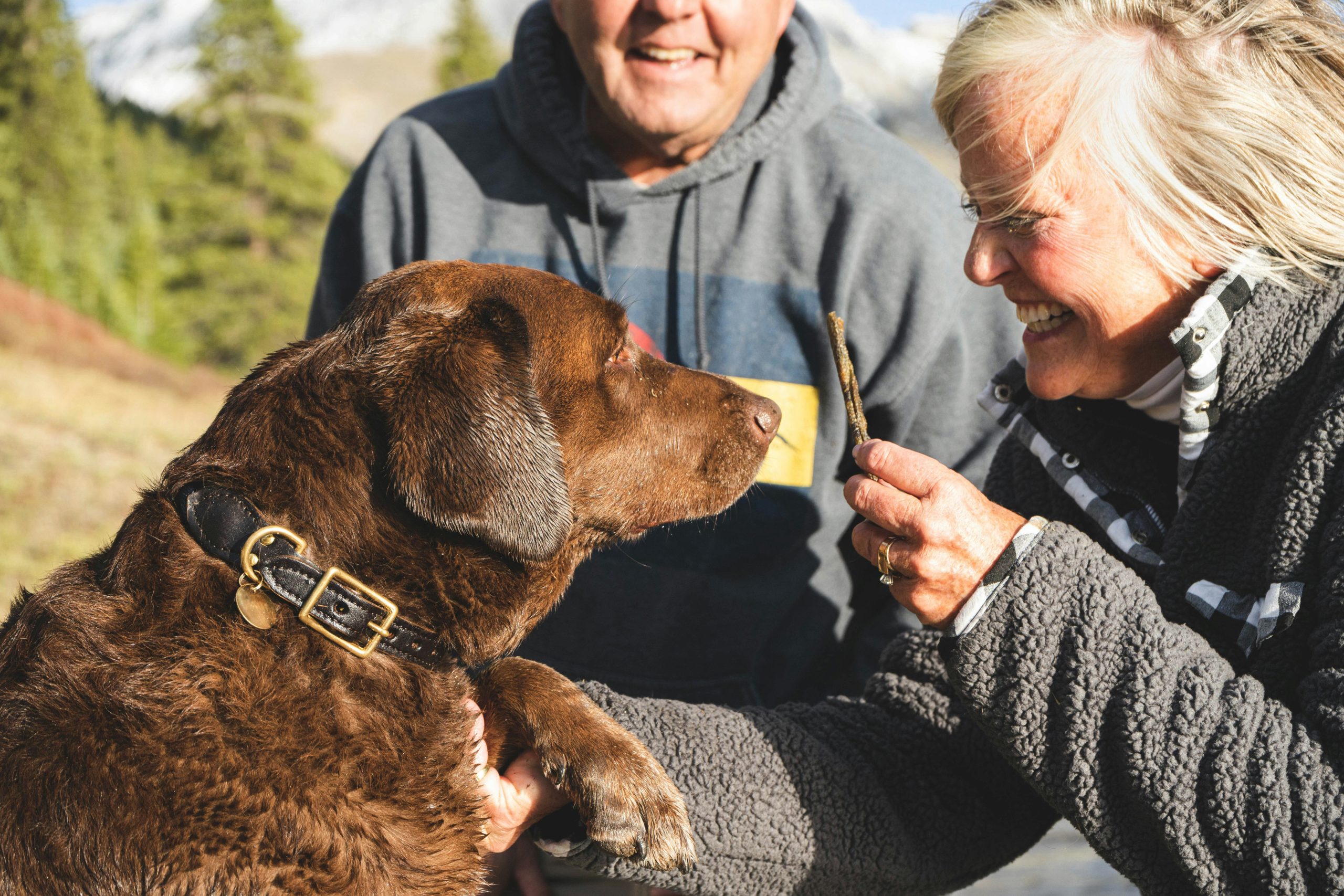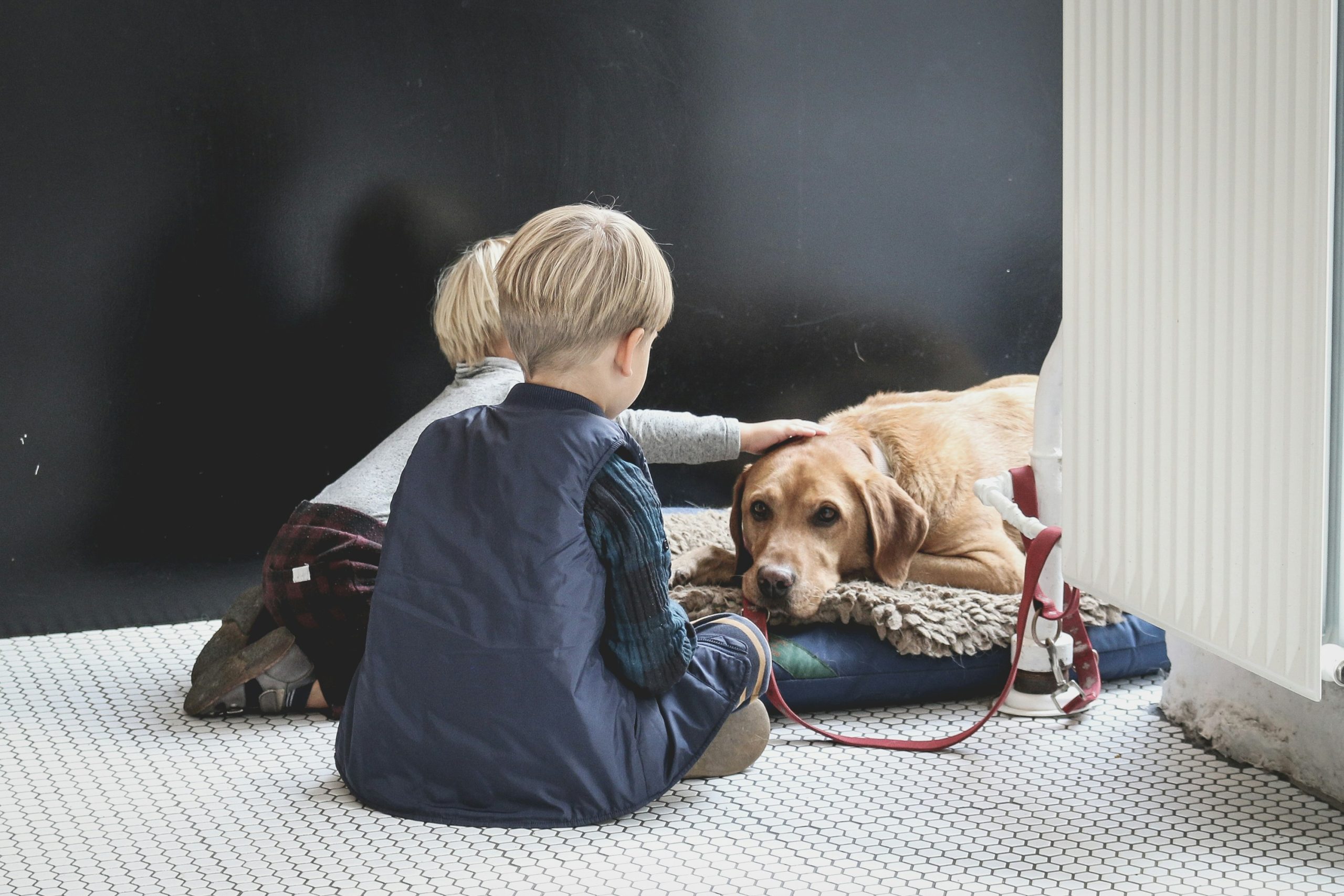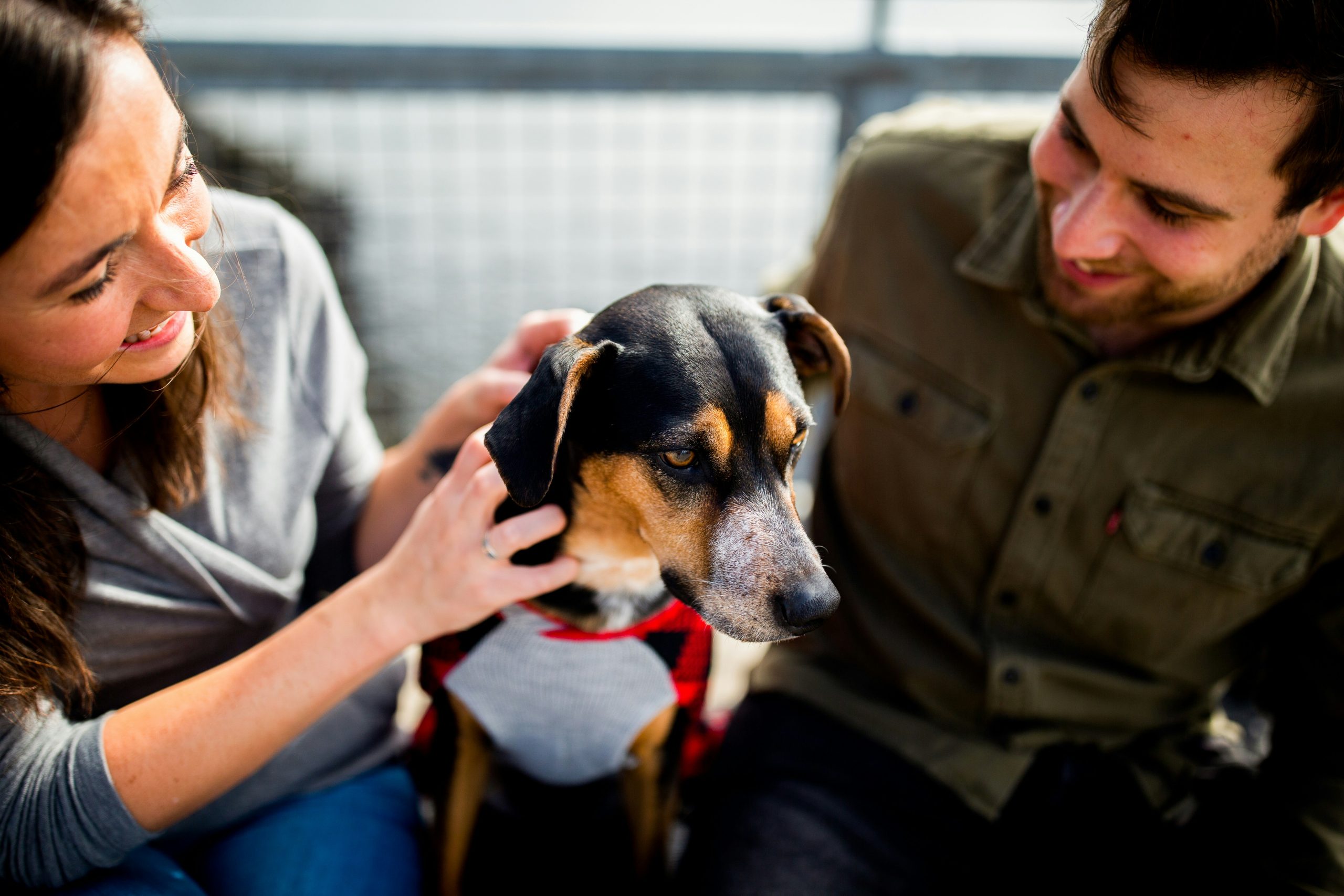Mastering the Art of Approaching Dogs: A Guide to Safe and Positive Interactions
Learn how to safely approach and interact with dogs to ensure positive experiences for both you and the pet.
Importance of Safe Dog Approaches
Approaching dogs safely is essential for both human and canine well-being. Proper etiquette can significantly reduce the risk of dog bites, which number approximately 4.7 million annually in the U.S. [1]. Many bites occur during seemingly friendly interactions, emphasizing the importance of recognizing signs of discomfort in dogs. Each dog has a unique personality and comfort level; some may be friendly and eager to interact, while others may feel threatened or anxious around strangers.
Understanding dog body language is crucial in assessing a dog’s comfort level. For instance, a dog that is wagging its tail and has a relaxed posture may be open to interaction, while a dog that avoids eye contact or has pinned ears may need space. By learning these signals, you can help create a safer environment for both yourself and the dog.
Asking for Permission
Before you approach any dog, it is vital to ask the owner’s permission. This is especially important if the dog is tied up or in training, as they may not be ready for interaction. Respecting the owner’s decision is essential; if they decline, it may be for valid reasons related to the dog’s behavior or health. By asking first, you demonstrate respect for both the dog and its owner.
Additionally, familiarizing yourself with the dog’s breed can provide insights into their typical behavior and comfort levels. For example, some breeds are known to be more reserved, which may lead an owner to be cautious about allowing strangers to approach. This approach not only prioritizes safety but also fosters a better understanding of dog behavior.
Recognizing Dog Body Language
Being able to read a dog’s body language is key to understanding their comfort level. Signs that a dog is at ease include a relaxed posture, wagging tail, and playful demeanor. Conversely, indicators of discomfort may include avoiding eye contact, pinned ears, and lip licking, which all signal that the dog needs space.
A dog that exhibits stress might freeze, growl, or tuck its tail, signaling you to back off. It’s also important to note that a dog that leans toward you or nudges your hand is often signaling that it is comfortable and open to interaction. By observing these behaviors, you can adjust your approach to ensure a positive experience for both you and the dog.
Approaching the Dog
When you decide to approach a dog, it’s best to do so slowly and from the side. Direct eye contact can be perceived as threatening, so avoiding it is crucial for a non-threatening approach. Position your body sideways and keep your hands relaxed by your sides, conveying that you are not a threat.
For smaller dogs, crouching down to their level is often more inviting, whereas for larger dogs, it’s wise to maintain a safe distance and extend your hand gently for them to investigate. Always allow the dog to come to you rather than forcing the interaction, as this respects their comfort level and gives them control over the situation. Be mindful of your surroundings too; sudden movements or loud noises can startle a dog and heighten their anxiety.
Petting Techniques
Once you have permission and the dog seems comfortable, the way you pet them is equally important. Start by extending your hand in a fist for the dog to sniff, rather than thrusting your hand forward, which could be intimidating. When petting, focus on gentle strokes along the side, back, or chest, as these areas are generally less threatening than the head.
It’s essential to use calm movements to create a positive experience for the dog. If at any point the dog shows signs of discomfort, such as backing away or growling, it’s crucial to stop petting immediately. Always be prepared to end the interaction if the dog appears to lose interest or becomes agitated, ensuring that their comfort remains the priority.
Teaching Safe Practices
Educating children on how to interact safely with dogs is vital for preventing accidents. Teach them to ask for permission before approaching any dog, reinforcing the importance of respecting boundaries. Additionally, the “Be a Tree” technique can be helpful; if a loose dog approaches, children should stand still and avoid eye contact, allowing the dog to assess them.
Instilling calmness and patience when approaching unfamiliar dogs is equally important. Demonstrating safe petting techniques and appropriate greeting methods can reinforce their learning. It’s essential to encourage children to respect a dog’s personal space and understand that not all dogs want to be touched, which can lead to more positive interactions in the future.
Summary of Key Safety Practices
To summarize, respecting a dog’s space and understanding their signals are paramount for safe interactions. Always prioritize safety and comfort for both yourself and the dog during any engagement. Resources for further learning about dog behavior and safe interaction practices are widely available, helping individuals become more informed about dog etiquette. Observing a dog’s reactions over time can also help build trust and familiarity, enhancing the overall experience for everyone involved.




